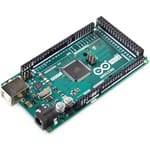Rev It Up
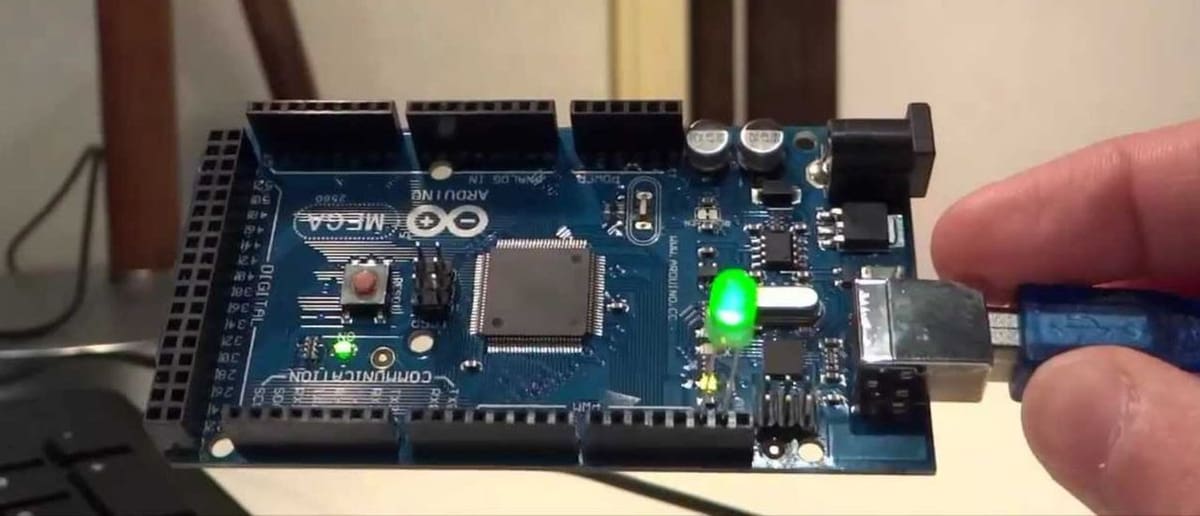
The Arduino Mega 2560 Rev3 (R3) is one of the many options to consider if you’re in the market for a microcontroller board. Microcontrollers can be used for small, DIY projects such as robots and mini-computers. For 3D printing, you can use them as a remote 3D printer server (e.g. with OctoPrint) or even as a control board for a printer.
In this article, we’ll be reviewing the specs of the Arduino Mega 2560 R3. We’ll be going over its features, price, competition, and more! First, though, we’ll provide some background information for this board.
Arduino, the developer of this board, is a very well-known company with many other boards under its metaphorical belt, including the Micro, Nano, Zero, Leonardo, MKR, and more. They also have a variety of accessories available to buy or 3D print at home, like shields, cases, and building kits.
The Arduino Mega 2560 R3 is the latest version of the Arduino Mega 2560 board. The “Rev3” in the name means that the board is the third improved model of the original, and it will set you back around $40.
Now that we have some background, let’s get into the details!
Features
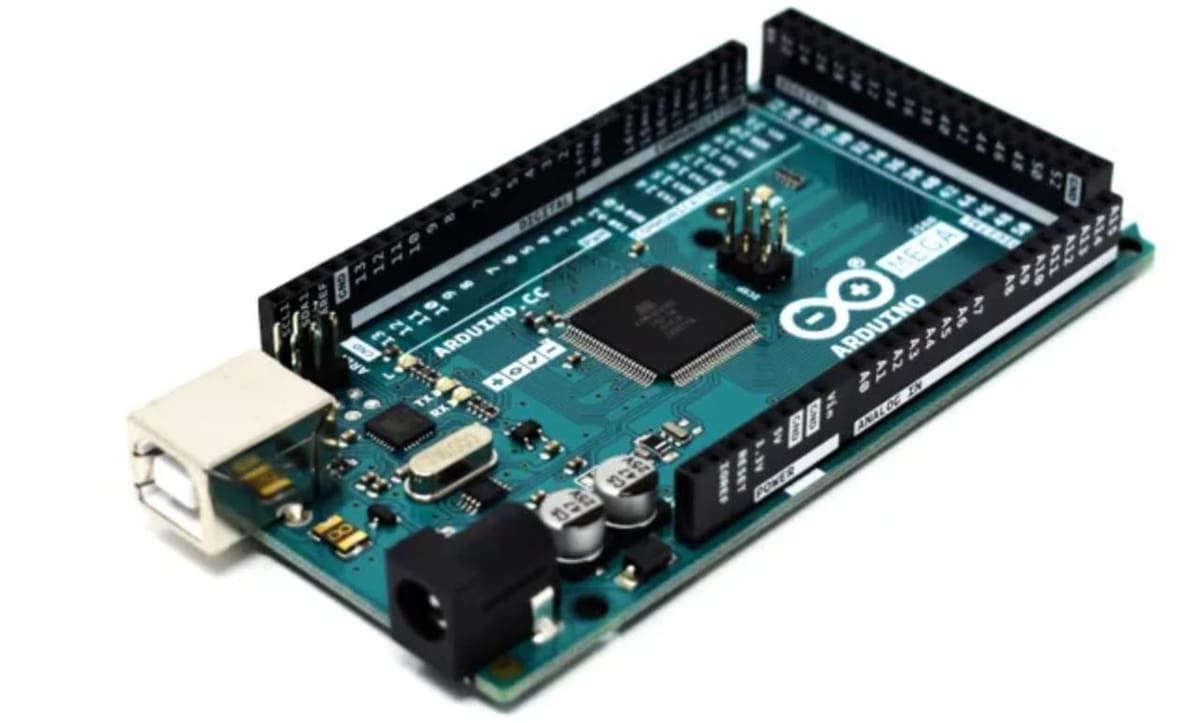
Despite its minimalistic design and comparatively miniature size, the R3 has more than a few features. We’ll split these up into sections, covering the board’s ports, power source, microcontroller, and other hardware.
Ports
The Arduino Mega 2560 R3 has 54 digital input and output pins, and of those 54, 15 are capable of being PWM outputs. This board comes with 16 analog inputs, an ICSP header, and 4 hardware serial ports. There’s also a USB Type B port that you can use to upload programs.
Power
The R3 can be powered through the one USB Type B port or the power jack (AC to DC). You can even hook up a battery to the power jack for mobile use.
Microcontroller
The board uses an ATmega2560 microcontroller with 8 KB of memory (RAM), 4 KB of EEPROM (board-stored memory), and 256 KB of flash memory for storing code. The Arduino Mega 2560 R3 is an 8-bit board and has a speed of 16 MHz.
Other Hardware
The R3 is equipped with a 16-MHz crystal oscillator, which allows it to accurately tell time. The board also has a pre-installed LED, which is connected to pin 13, and a handy reset button.
The Bottom Line

While the Arduino Mega 2560 R3 is limited in some ways, it’s also pretty inexpensive, so how does it compare to other similar boards?
The Arduino Mega 2560 Rev3 is similar in price to the popular Raspberry Pi 3 Model B, which costs $35 while the Arduino costs about $40. While the R3 has a good amount of pin header ports and even an ICSP header, it’s very lacking with regards to other types of ports, as it only has one USB Type B port.
On the other hand, the Raspberry Pi 3 Model B has 4 USB ports, a USB Type B port, ribbon cable slots, a micro-SD card slot, and more. Granted, the R3 is significantly smaller than the Pi 3 B, but this is a notable difference.
The R3 also doesn’t have a lot of RAM, which is another downside of this board. On this note, the board’s processing power is insufficient for projects with high processing requirements. You should keep this in mind when deciding if the Arduino Mega 2560 Rev3 is right for you.
However, the board somewhat makes up for these deficits in other ways, as it does have some cool features, such as the 16-MHz crystal oscillator. The board’s LED is another added bonus!
In the end, it all depends on what you want to do with the board. If you have a rather simple project or need a crystal oscillator, the R3 is a great option.
Specifications
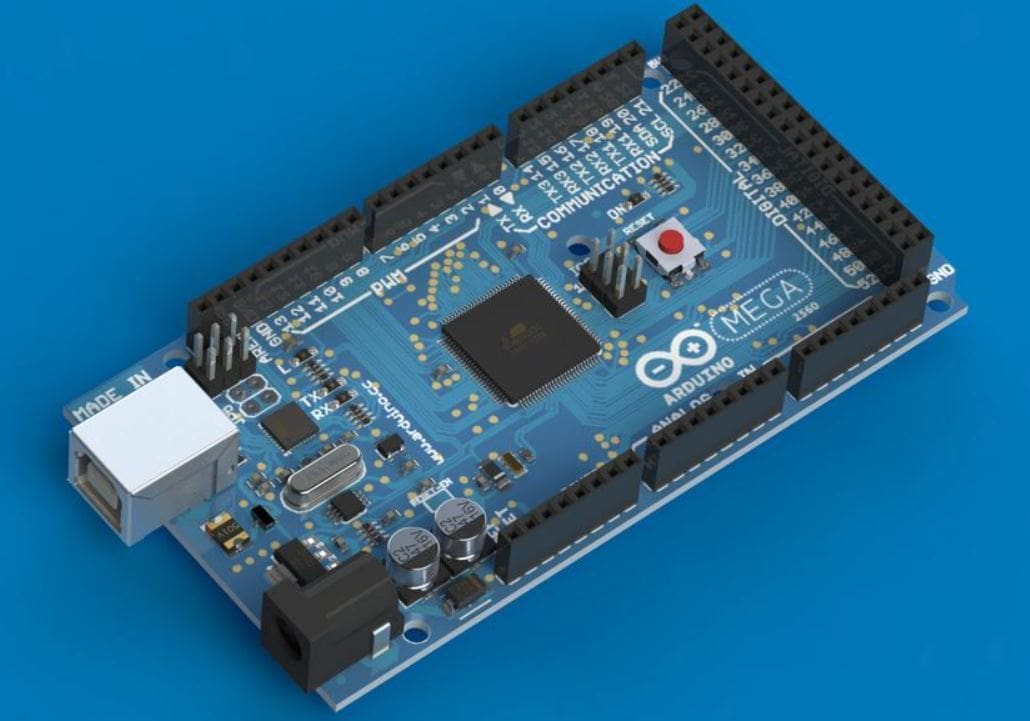
Check out the Arduino Mega 2560 R3’s specs below.
- Microcontroller: ATmega2560
- Ports: 54 digital I/O (15 optional PWM), ICSP header, 16 analog inputs, 4 hardware serial ports, 1 USB Type B
- EEPROM: 4 KB
- Flash memory: 256 KB
- Hardware features: 16-MHz crystal oscillator, LED
- Power: 5 V, 2 A
- Dimensions and weight: 101.52 x 53.3 mm, 37 g
Where to Buy
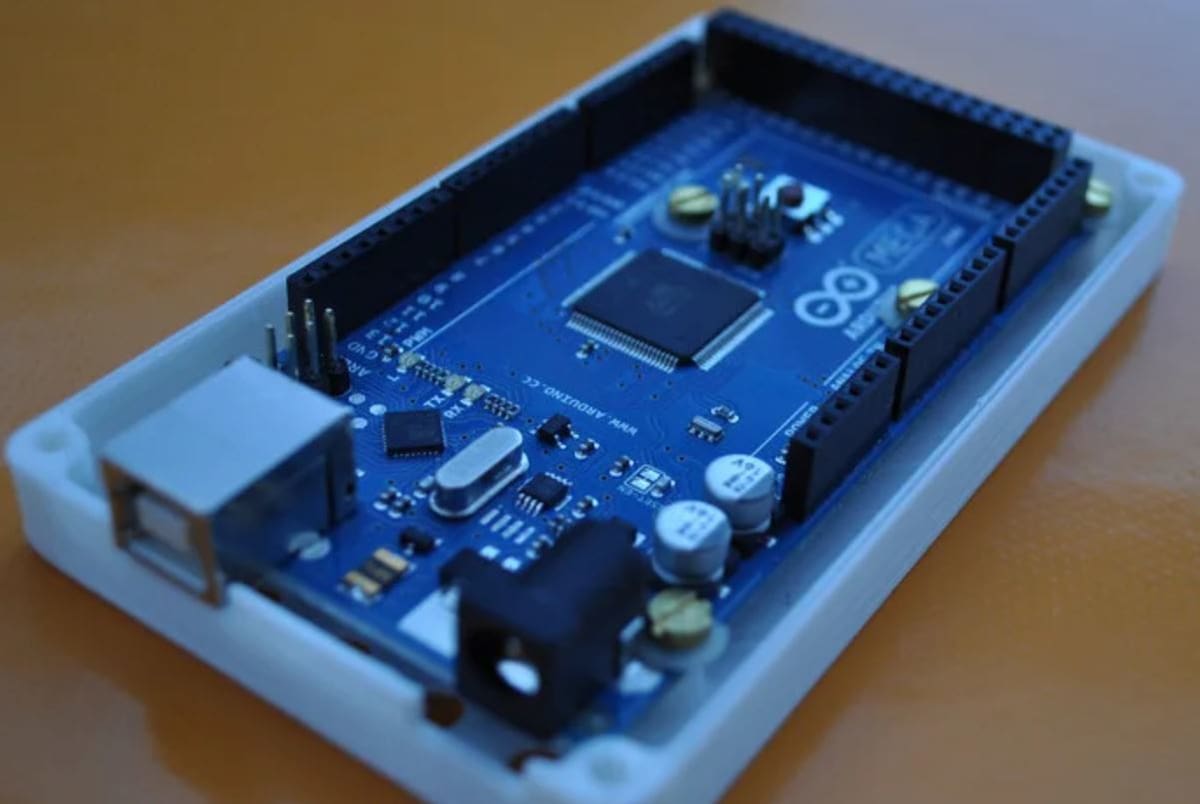
Swayed by the handy little LED? You can buy an Arduino Mega 2560 Rev3 at the retailers below.
Lead image source: Cooking Hacks
License: The text of "Arduino Mega 2560 R3 (Rev3): Review the Specs" by All3DP is licensed under a Creative Commons Attribution 4.0 International License.
CERTAIN CONTENT THAT APPEARS ON THIS SITE COMES FROM AMAZON. THIS CONTENT IS PROVIDED ‘AS IS’ AND IS SUBJECT TO CHANGE OR REMOVAL AT ANY TIME.

